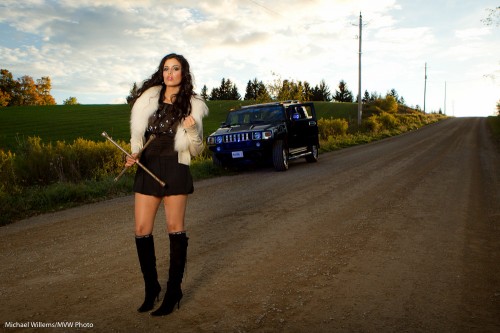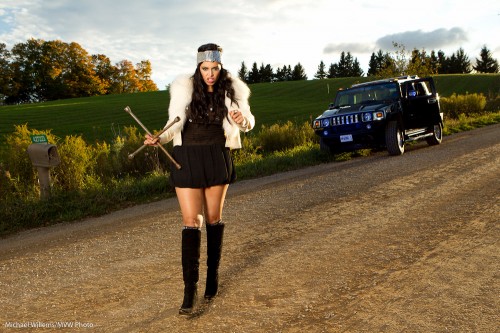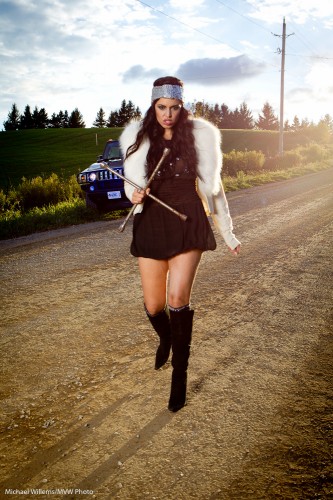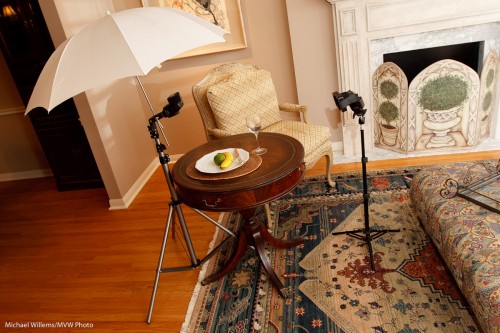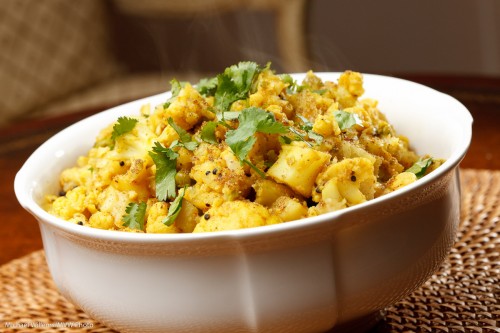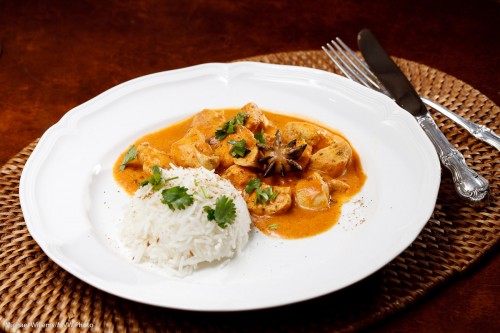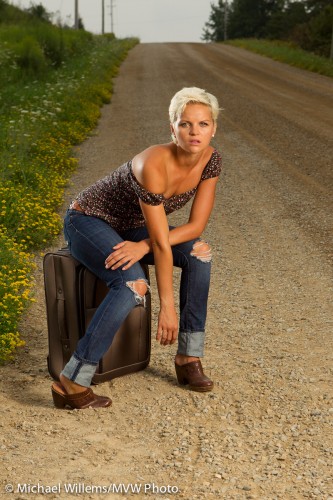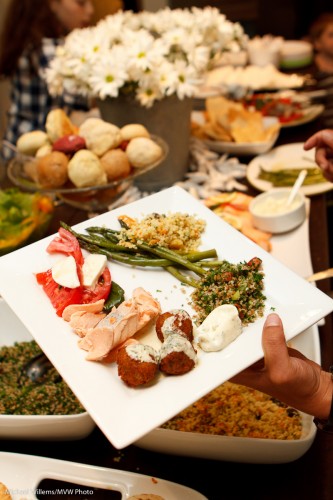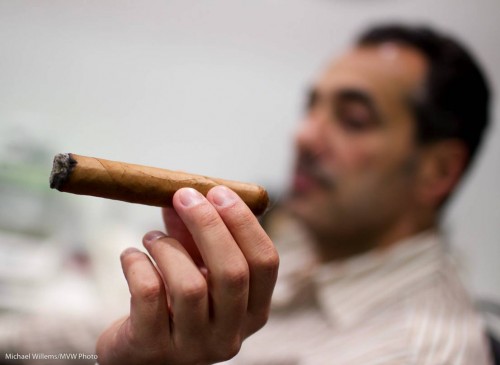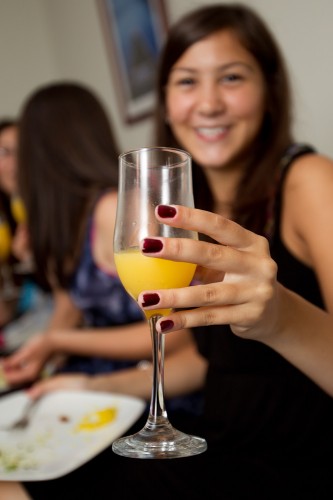A quick note for you today (and this is the kind of thing my students learn at length in my advanced courses, like the one tomorrow in Mono – there’s still some space).
Every had your camera react unpredictably when using flash? Yeah, I thought so. You flash and then the shutter stays open for a second and it’s all a blur. Or you flash and the background is dark black.
Why?
When you shoot indoors, say, and use your flash, your camera behaves differently in different modes – and this behaviour varies per camera.
Aperture mode (A/Av):
- Canon: the shutter will be as slow as needed to expose the background too (caution: this may lead to very long shutter speeds if ambient light is low).
- Nikon: the shutter is restricted to 1/60th of a second or faster (this can be set). But… if you also engage “SLOW” mode, the shutter will be as slow as needed to expose the background too (caution: this may lead to very long shutter speeds if ambient light is low).
Program mode (P):
- Canon: the shutter is restricted to 1/60th of a second or faster.
- Nikon: the shutter is restricted to 1/60th of a second or faster (this can be set). But… if you also engage “SLOW” mode, the shutter will be as slow as needed to expose the background too (caution: this may lead to very long shutter speeds if ambient light is low). .
So
- Canon is simple: Av = long shutter speeds, P = 1/60th or faster.
- On Nikon cameras, both modes are restricted to 1/60 or faster normally, but either mode can be freed from this by using the “SLOW” setting.
So what is the best mode when using flash indoors?
Ah, that would be Manual. That way the camera does exactly what you want. But we will get to this again another day.
TIP: if you want to try Manual indoors flash, start at 400 ISO, 1/30th second, f/4. And bounce your flash off the ceiling/wall behind you.

